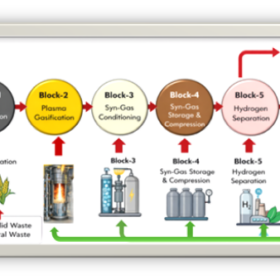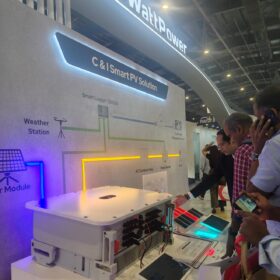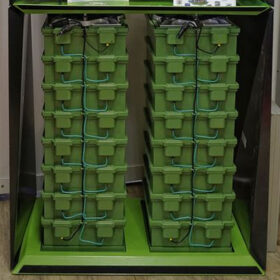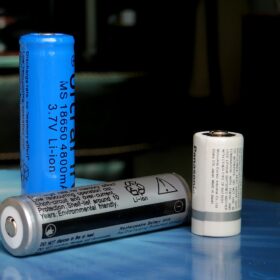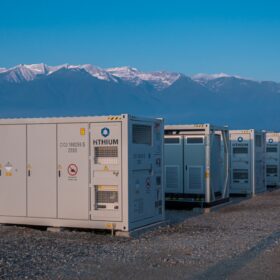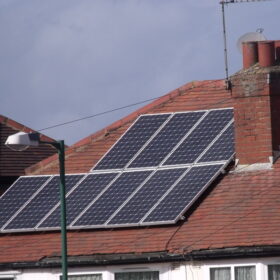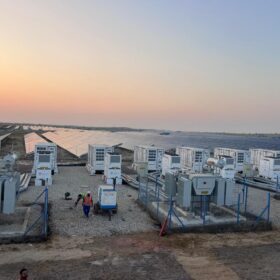India eyes 230 GWh of energy storage to meet 300 GW peak power demand
With peak power demand expected to approach 300 GW in the coming years and electricity demand growing at 6–7% annually, India would require nearly 230 GWh of energy storage capacity by 2030 to ensure grid stability, flexibility and reliability—said Bhupinder Singh Bhalla, Former Secretary, MNRE, at the Indian Power & Energy Storage Conference 2025, organised by FICCI.
The Hydrogen Stream: NTPC NETRA to set up plasma gasification-based green hydrogen plant
NTPC’s R&D wing NETRA will set up a plasma gasification-based green hydrogen plant on its campus at Greater Noida. The plant will be designed to produce one tonne of green hydrogen per day.
WattPower surpasses 18 GW of inverter sales in India
WattPower has sold more than 18 GW of utility-scale string inverters across India over the last two and a half years.
Researchers find sodium-ion batteries using hard carbon anodes can intrinsically charge faster
Researchers at Tokyo University of Science showed that sodium-ion batteries with hard carbon anodes can charge faster than lithium-ion batteries by using a diluted electrode method that reveals sodium insertion is intrinsically quicker than lithium.
Europe’s first sodium-ion cell made with fully domestic components
Welsh battery breakthrough uses UK-manufactured anode and cathode materials as well as active materials available through local supply chains. Batri plans to scale up material manufacturing and cell building capability.
GEON launches inverter with inbuilt lithium battery for homes
GEON, part of the 60-year-old Kabra Extrusion Technik Group, has launched GELITHIUM, an all-in-one power backup system that integrates a pure sinewave inverter with an inbuilt lithium-ion battery. GELITHIUM is available in 1,250 VA and 2,500 VA variants, with 12.8V/100Ah and 25.6V/100Ah lithium batteries, respectively.
Bulgarian tender awards more than 4 GWh of energy storage capacity across 31 projects
Bulgaria’s second standalone energy storage procurement exercise of 2025, worth close to BGN 229 million ($137.2 million), received a lot of interest and there are 30 project proposals included in a reserve list, the government said.
‘The real cost of a battery storage goes far beyond $/kWh’
During a pv magazine Week Europe 2025 webinar, storage specialists gave their thoughts on what to consider when purchasing battery energy storage systems in Europe, with pricing, supplier options and product reliability all on the agenda.
Attero announces INR 150 crore investment to expand e-waste and copper recycling capacity across India
Once the new plants are commissioned, Attero’s overall processing capacity across e-waste and metals recovery will reach 244,000 tonnes per annum.
The Hydrogen Stream: IIT Kanpur, HBTU to jointly establish Centre of Excellence for Green Hydrogen in Uttar Pradesh
The Centre of Excellence, operated from the campus of IIT Kanpur and HBTU Kanpur, will prioritize research and development focused on green hydrogen production, storage, transportation, safety standards, testing, demonstrations, and industrial use. Special emphasis will be on applied research and technological solutions for industries such as refineries, fertilizers, transportation, manufacturing, and energy systems.

